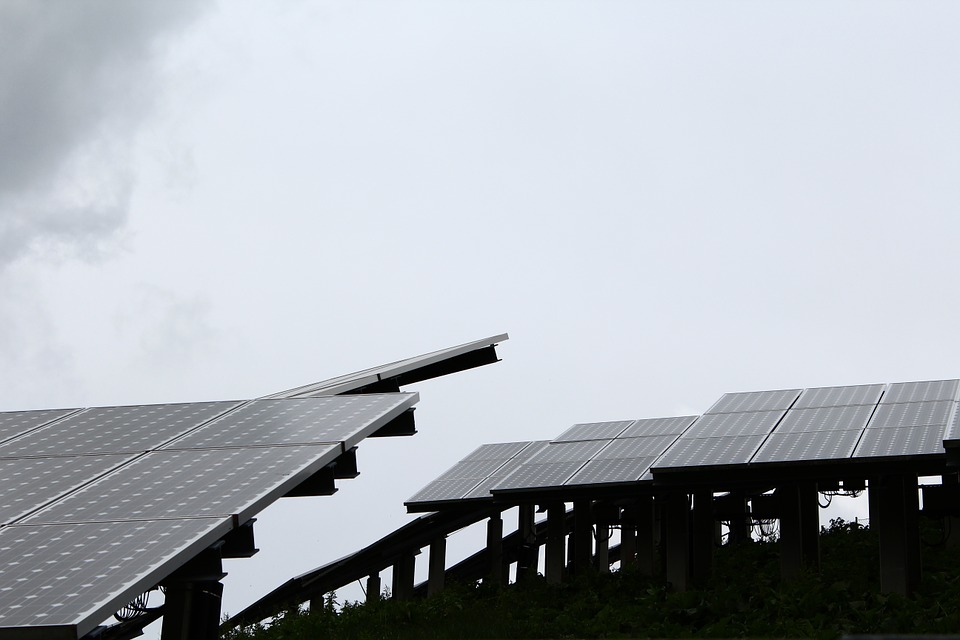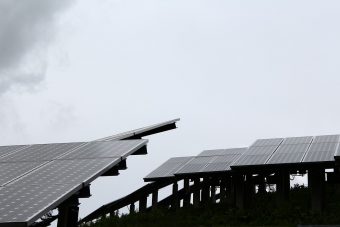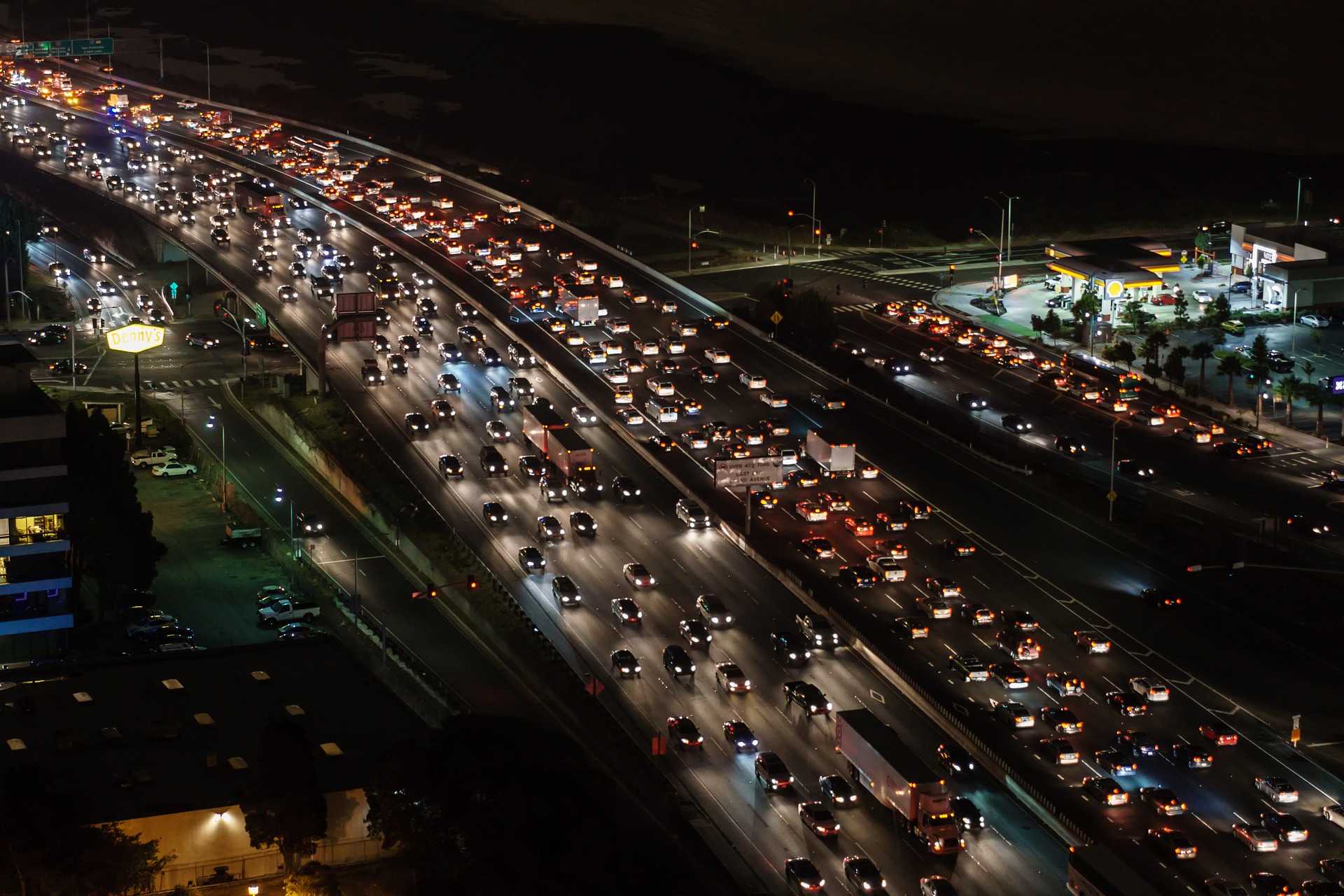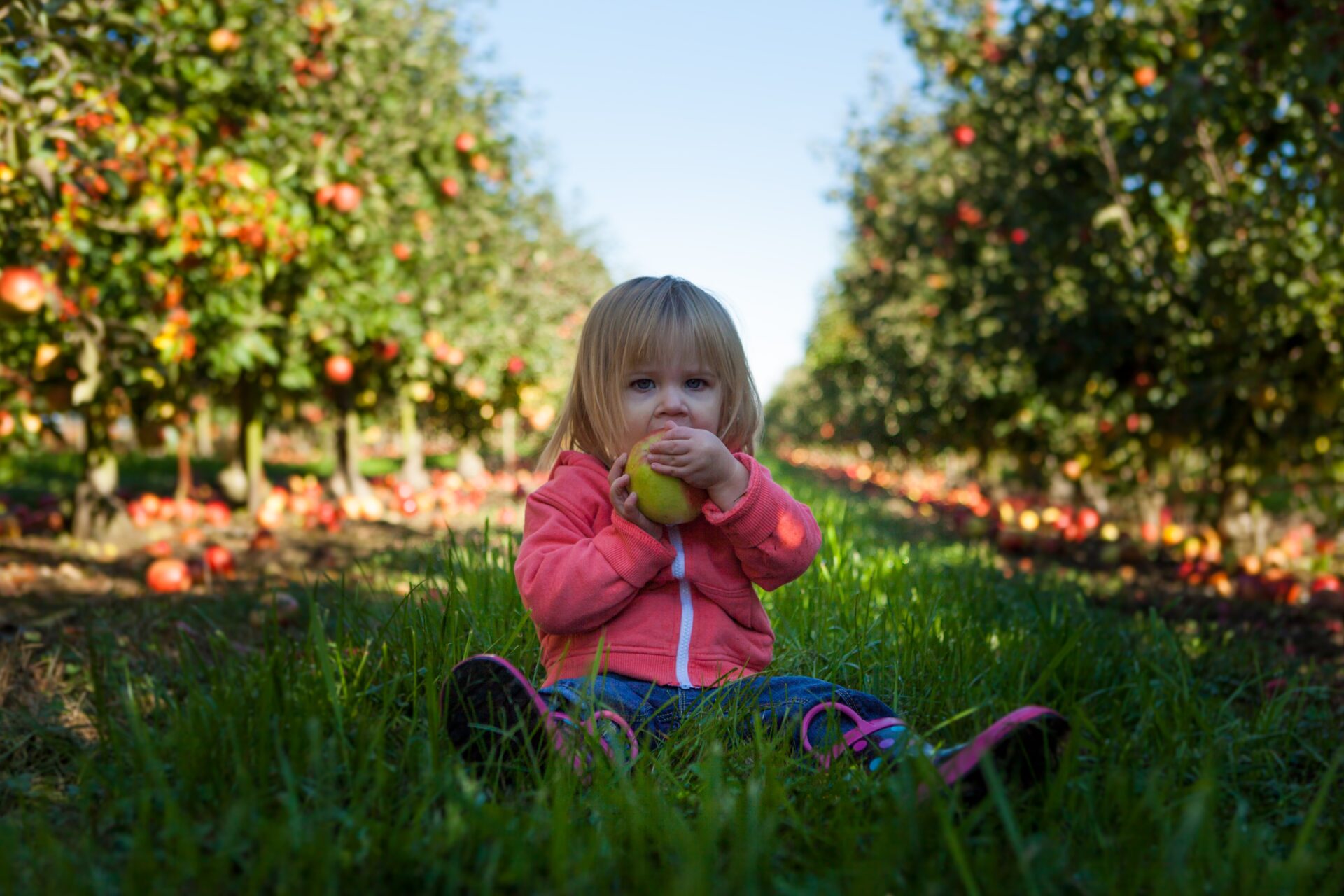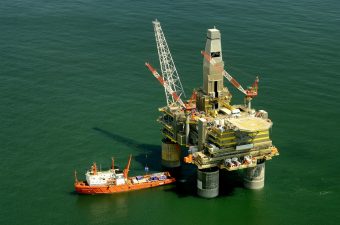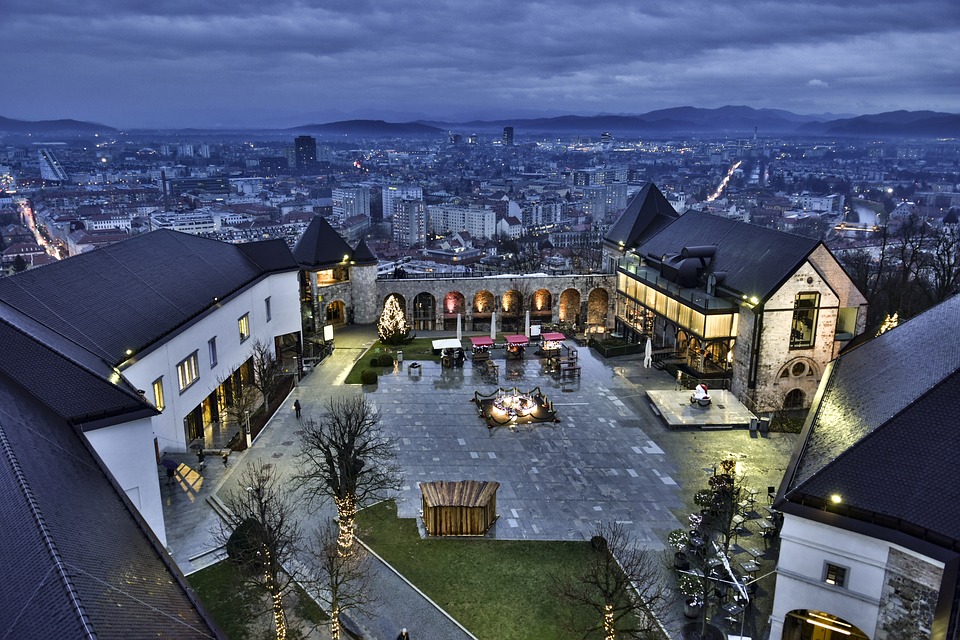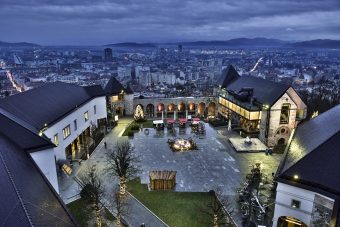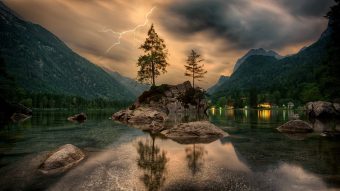ABB today reached a significant milestone in the company’s transformation towards a decentralized global technology company, with the completion of the divestment of 80.1 percent of its Power Grids business to Hitachi, as planned.
The divestment allows ABB to focus on key market trends and customer needs such as the electrification of transport and industry, automated manufacturing, digital solutions and increased sustainable productivity.
“Today’s announcement marks an important turning point in the history of ABB. Since announcing our intention to divest Power Grids to Hitachi, ABB has made significant progress in becoming a more customer-focused and simplified organization. We believe Hitachi is the best owner for Power Grids and its next stage of development, building on the solid foundation achieved under ABB’s previous ownership,” said Peter Voser, Chairman of the Board of Directors of ABB. “ABB remains committed to using net cash proceeds from the transaction for a share buyback program. Our goal is to execute this in an efficient and responsible way, taking account of the prevailing circumstances.”

Consistent with ABB’s capital structure optimization program, ABB plans to return to shareholders net cash proceeds of $7.6–7.8 billion from the sale of Power Grids. ABB initially intends to launch a share buyback program of 10 percent 1 of the company’s issued share capital shortly after the release of its second quarter 2020 financial results. This represents about 180 million shares, when excluding treasury shares.
The share buyback program will be executed on a second trading line on the SIX Swiss Exchange and is planned to run until the company’s Annual General Meeting (AGM) on March 25, 2021. At the AGM, ABB intends to request shareholder approval to cancel the shares purchased through this program and to announce further details on its ongoing capital structure optimization program. ABB aims to maintain its “single A” credit rating.
“With the divestment, ABB is well positioned for the future with a strong focus on industrial customers. Leveraging our technology leadership and passion for innovation, we will now focus on creating superior value for our customers, employees and shareholders. We will do this by evolving our decentralized business model, strengthening our performance management culture and driving active portfolio management,” said Björn Rosengren, ABB CEO.
ABB is a long-term partner of Hitachi and will initially retain a 19.9 percent equity stake in the joint venture that will operate as Hitachi ABB Power Grids and be headquartered in Switzerland. The joint venture is a global leader in power systems, with annualized revenues of approximately $10 billion and roughly 36,000 employees, serving customers in over 90 countries. The Board of Directors of the joint venture includes Timo Ihamuotila, Chief Financial Officer of ABB, and Frank Duggan, former member of ABB’s Executive Committee. Hitachi ABB Power Grids will be led by Claudio Facchin as CEO.
The transaction terms with Hitachi remain as announced on December 17, 2018, with an enterprise value of $11 billion for 100 percent of the business. ABB has a pre-defined option to exit the retained 19.9 percent shareholding three years after closing.
ABB (ABBN: SIX Swiss Ex) is a leading global technology company that energizes the transformation of society and industry to achieve a more productive, sustainable future. By connecting software to its electrification, robotics, automation and motion portfolio, ABB pushes the boundaries of technology to drive performance to new levels. With a history of excellence stretching back more than 130 years, ABB’s success is driven by about 110,000 talented employees in over 100 countries. www.abb.com
Important notice about forward-looking information
This press release includes forward-looking information and statements which are based on current expectations, estimates and projections about the factors that may affect our future performance, including the economic conditions of the regions and industries that are major markets for ABB. These expectations, estimates and projections are generally identifiable by statements containing words such as “expects”, “believes”, “estimates”, “plans”, “targets”, or similar expressions.
However, there are many risks and uncertainties, many of which are beyond our control, that could cause our actual results to differ materially from the forward-looking information and statements made in this press release and which could affect our ability to achieve any or all of our stated targets. The important factors that could cause such differences include, among others, business risks associated with the volatile global economic environment and political conditions, costs associated with compliance activities, market acceptance of new products and services, changes in governmental regulations and currency exchange rates and such other factors as may be discussed from time to time in ABB Ltd’s filings with the U.S. Securities and Exchange Commission, including its Annual Reports on Form 20-F. Although ABB Ltd believes that its expectations reflected in any such forward-looking statement are based upon reasonable assumptions, it can give no assurance that those expectations will be achieved.
Source: ABB




